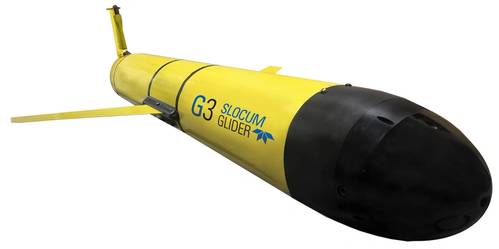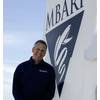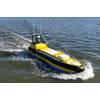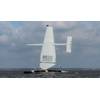Teledyne Webb Research Wins $7 Mln NOAA Contract
Teledyne Webb Research, a division of Teledyne Technologies and a provider of neutrally buoyant, autonomous drifters and profilers, autonomous underwater gliding vehicles, and moored underwater sound sources, has received an indefinite delivery/indefinite quantity (IDIQ) contract from the National Oceanic and Atmospheric Administration (NOAA) for the provision of Slocum gliders, sensors and service components. The award has a maximum value of $7 million over five years, with an initial procurement in excess of $600,000.
The U.S. Antarctic Marine Living Resources (AMLR) Program of the NOAA Fisheries Service has conducted ship-based acoustic and oceanographic research surveys around the Antarctic Peninsula since 1986. Data collected from this Program are used to provide advice to the Convention for the Conservation of Antarctic Marine Living Resources (CCAMLR) that establish catch limits for the Antarctic krill fishery.
Climate changes have altered the distribution, intensity and timing of this important fishery over the last decade. The fishery season, for example, has expanded as both sea-ice extent and distribution have declined. This expansion leads to a potential negative impact on ecosystem health such as known areas of krill-dependent predators.
In an effort to systematically provide ecological data at appropriate spatio-temporal scales, and over a longer sampling season, the U.S. AMLR Program has implemented a krill research program that will utilize an array of moorings and gliders around the Antarctic Peninsula. Data collected from this research will replace traditional ship-based surveys and will provide standardized spatial and temporal data to better understand the consequences of overlap among krill, predators, and the krill fishery, and provide other dynamic oceanic attributes of the study area.
Along with arrays of moored ADCPs and CTDs, NOAA has developed a glider-based survey program, including Teledyne Webb Research G3 electric Slocum gliders, equipped with Acoustic Zooplankton Fish Profilers (AZFP) using three acoustic frequencies (38, 67 and 125 kHz) to record backscatter of krill biomass.
The IDIQ services contract will provide The U.S. AMLR Program with the ability to continue to build out its glider fleet, add additional science components and service the gliders.
This sampling Program will commence in October of 2018, and is expected to provide the framework for sustained ecosystem monitoring using autonomous platforms.

















 February 2024
February 2024



